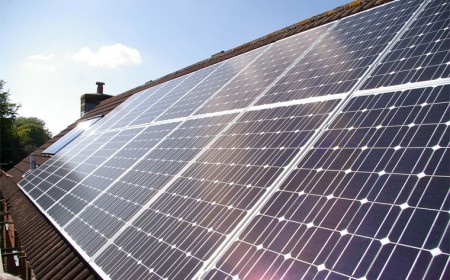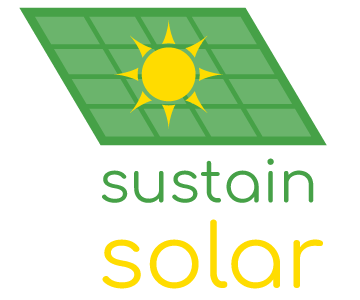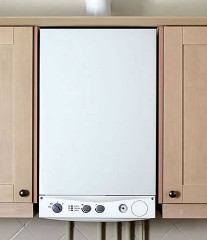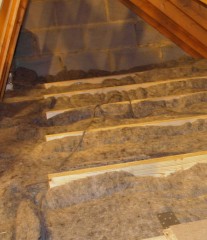On 1st April 2012, the government made some significant changes to the way in which the feed in tariff operates. Only homes with an energy performance certificate (EPC) rating of D or above are permitted to claim the full benefits of the feed in tariff.
The government has made conservative estimates, which suggest that approximately half of UK homes meet grade D. There is still a considerable amount of housing stock, including older buildings in particular that require modifications to improve energy efficiency. Some of the ways in which you can make improvements include a new boiler and insulation.
If you install a solar PV system however, it counts as 1 point under the new regulations and as such it is enough to take you into the next band. Therefore, if your property is currently rated E, you should apply for your EPC following the installation of a solar PV system. If you follow this process, your property should then be rated D.
Energy performance certificates were previously part of the home information pack, which has been scrapped. You may already have an energy performance certificate, but if you don’t Sustain are on hand to support you where necessary. We can take you through the details over the phone and give you all the guidance that you require.
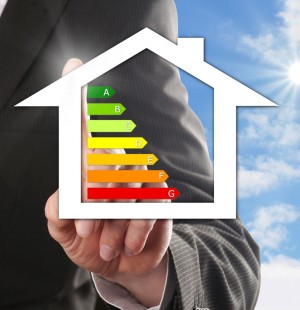
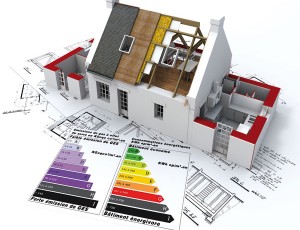

What Does An Energy Assessment Involve?
We will go through some basic information on the phone but verbal communications will not provide the conclusive information you need.
An accredited surveyor will conduct an energy performance survey at your property and will provide the certificate and report. The cost of a survey is typically around £60-£100, however you will not be charged for this, if you have a solar PV installation completed by Sustain.
Factors Affecting Your EPC Rating
The energy performance surveyor will assess the entirety of your property to complete the EPC survey. There are a number of details that will be inspected during the survey, but the main aspects include the following:
- The nature of the property’s construction including the roof, floors, walls and glazing to ascertain thermal performance information.
- The thermal strength of the property as well as the solar and daylight capabilities in combination with checking the air tightness.
- The hot water supply and space heating are also crucial part of the energy performance assessment. Typically, this includes a measurement of the boiler efficiency, responsiveness and controls.
- Heating and cooling controls will be assessed and this includes air-conditioning systems and ventilation.
- Fixed lighting will also be checked because this can have a huge impact on energy performance.
- Current use of fuel and renewable technologies such as ground source heat pumps, solar water heating and wind turbines etc.
Recommendations & What Do They Mean?
Not only will you receive the EPC certificate, but you will also be given a comprehensive report of cost-effective recommendations to improve the energy performance of your property. For any improvement you will have information on the approximate cost, savings per year and how the energy performance rating will change after the installation.
You may receive a range of recommendations, including loft insulation, cavity wall insulation or low energy light bulbs. As we are a solar PV installer you will also receive guidance on how a solar installation will improve your properties energy performance. You will need a higher energy performance rating in order to claim the full benefits of the feed in tariff. Having a solar PV installation is one of the options that will raise the energy performance of your property, thus making it eligible for the feed in tariff scheme.
To find out whether your property is up to the required energy performance standard for the feed in tariff scheme, contact us today for more information and guidance.
